Photos on the horror of Iran and the courage of its women. Newsha Tavakolian at Mudec
Censorship, opposition, repression. But also courage, reflection and revolution. These are the themes that animate And They Laughed at Me, the photographic exhibition, which opened last Dec. 13 at Mudec in Milan, featuring a retrospective of the work of Iranian artist Newsha Tavakolian, winner of Deloitte’s prestigious Photo Grant competition, promoted by Deloitte Italia under the patronage of Fondazione Deloitte and in collaboration with 24ORE Cultura. For the first edition of the award, more than seven hundred women authors worked on the theme Connections to propose their own vision of what it means to be connected on a human, professional, economic and environmental level.
The famous slogan “Women, Life, Freedom,” which originated in the Kurdish liberation movement and spread among the Kurdish women’s movement, was shouted in the streets throughoutIran, in the most disparate, and Newsha Tavalokian, a photographer and reporter, continues to be a spokesperson for the revolutionary motto of Iranian women, recounting terrorism, repression and the dramatic face of contemporary Iran with her shots, from 1996 to the present. Born in Tehran in 1981, she documented Iran’s presidential elections until 2009, but subsequent protests over the controversial outcome (won by the conservative Mahmud Ahmadinejad and challenged due to irregularities) and subsequent censorship regarding the dissemination of images and footage prevented her from continuing, temporarily, her work as a photojournalist: for this reason she decided to devote herself to art photography, reaching out to touch sensitive issues in Iranian society, particularly those affecting women, and succeeding in experimenting, through the creation of a precise artistic language, with alternative ways of documenting the country’s intense social changes.
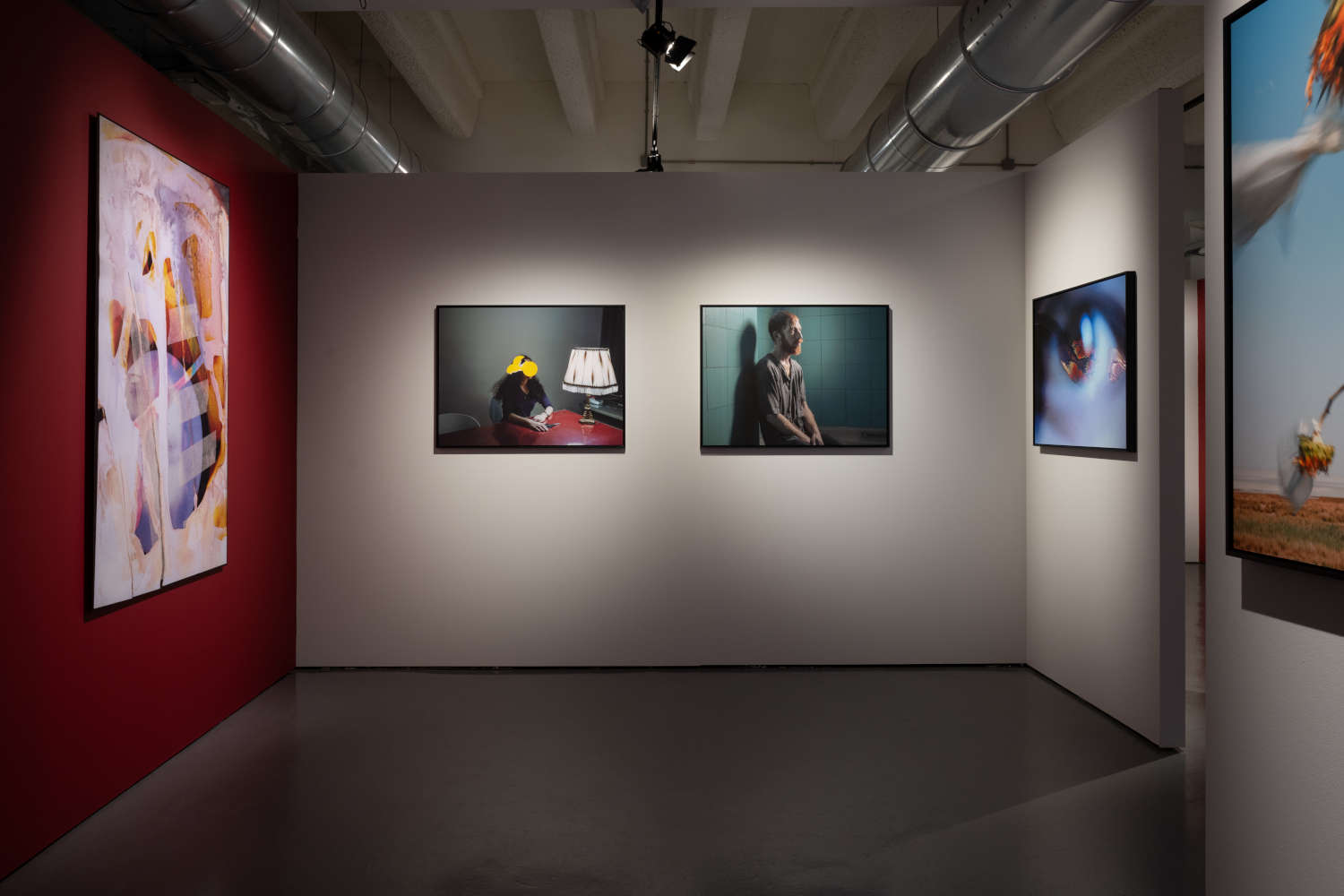
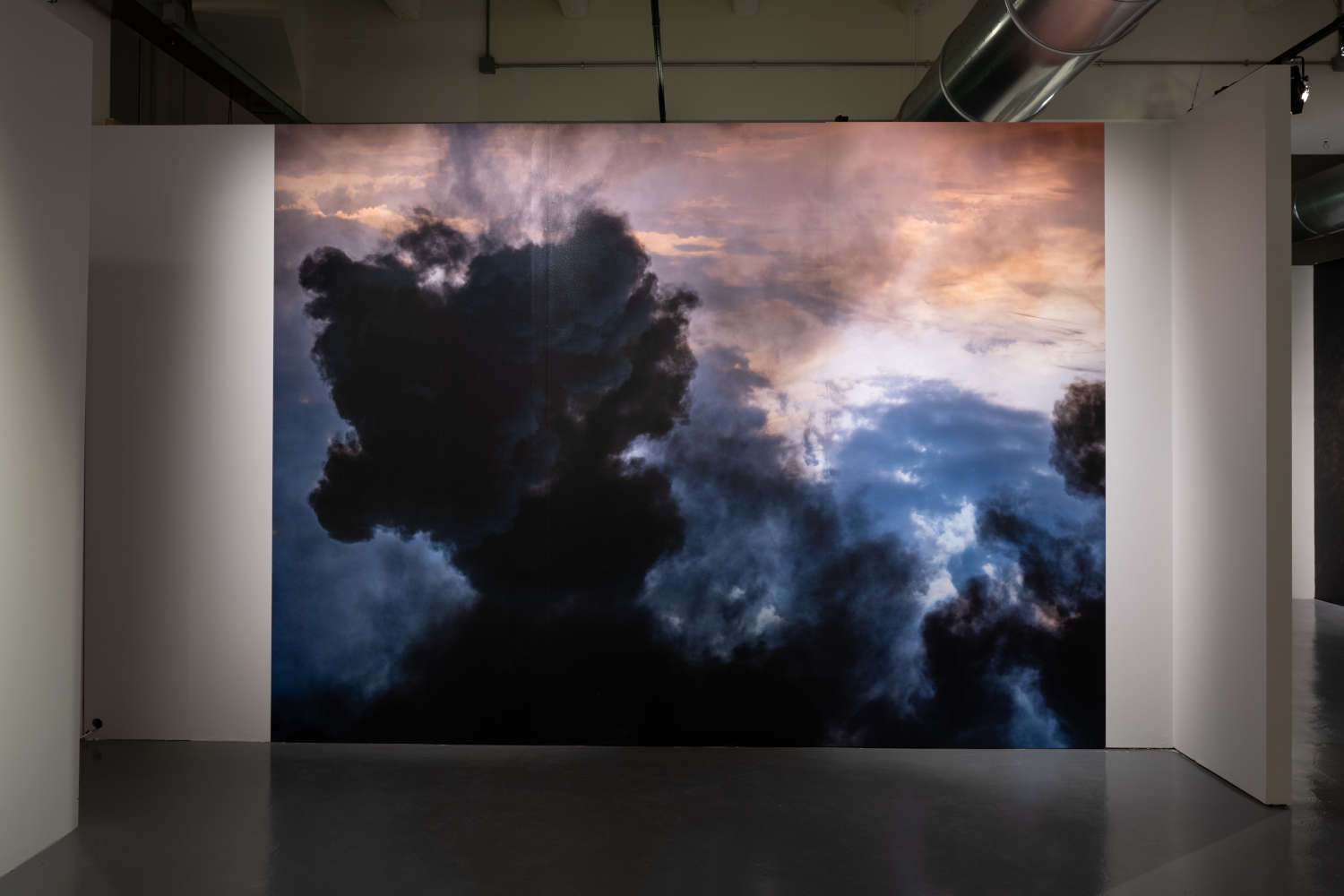
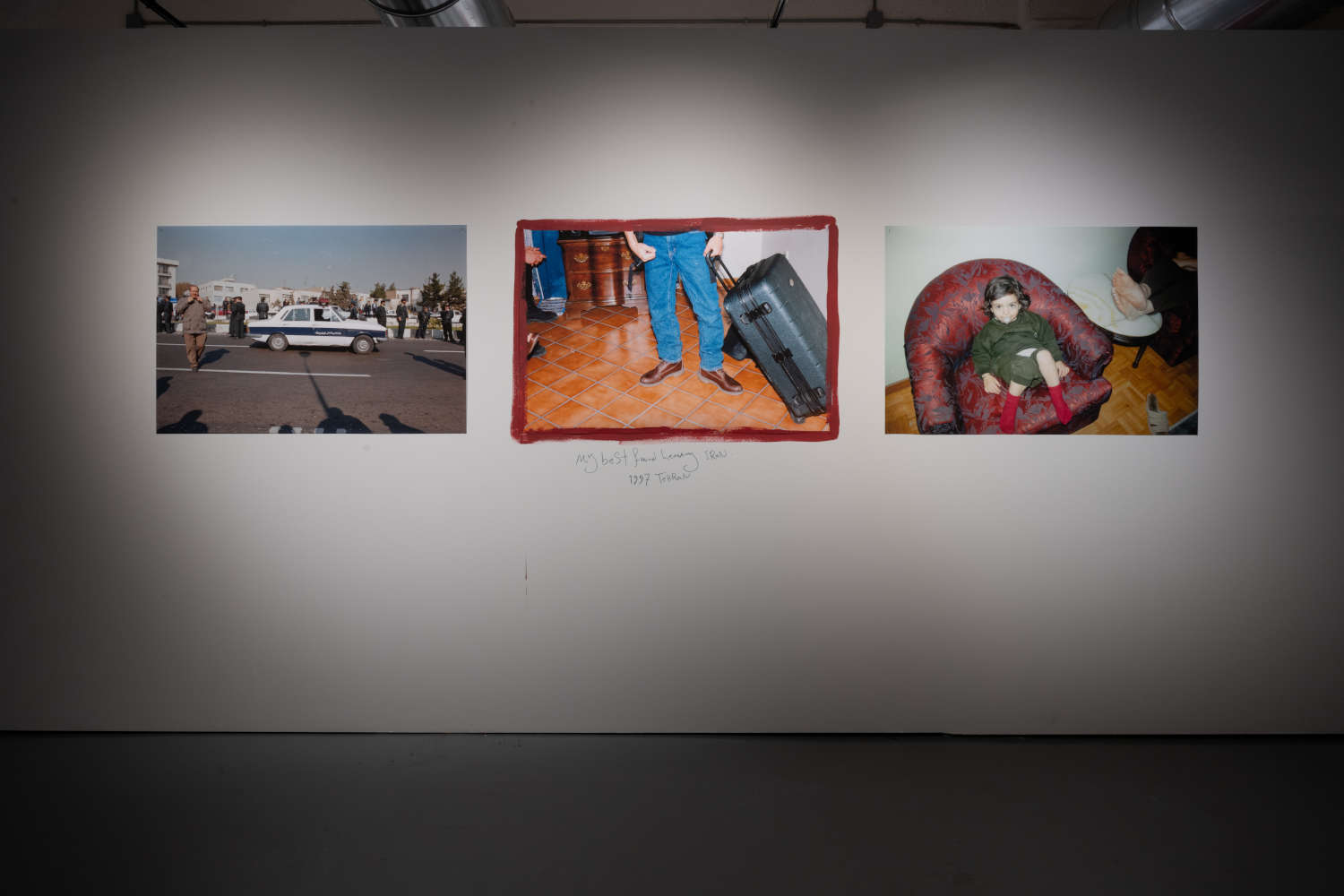
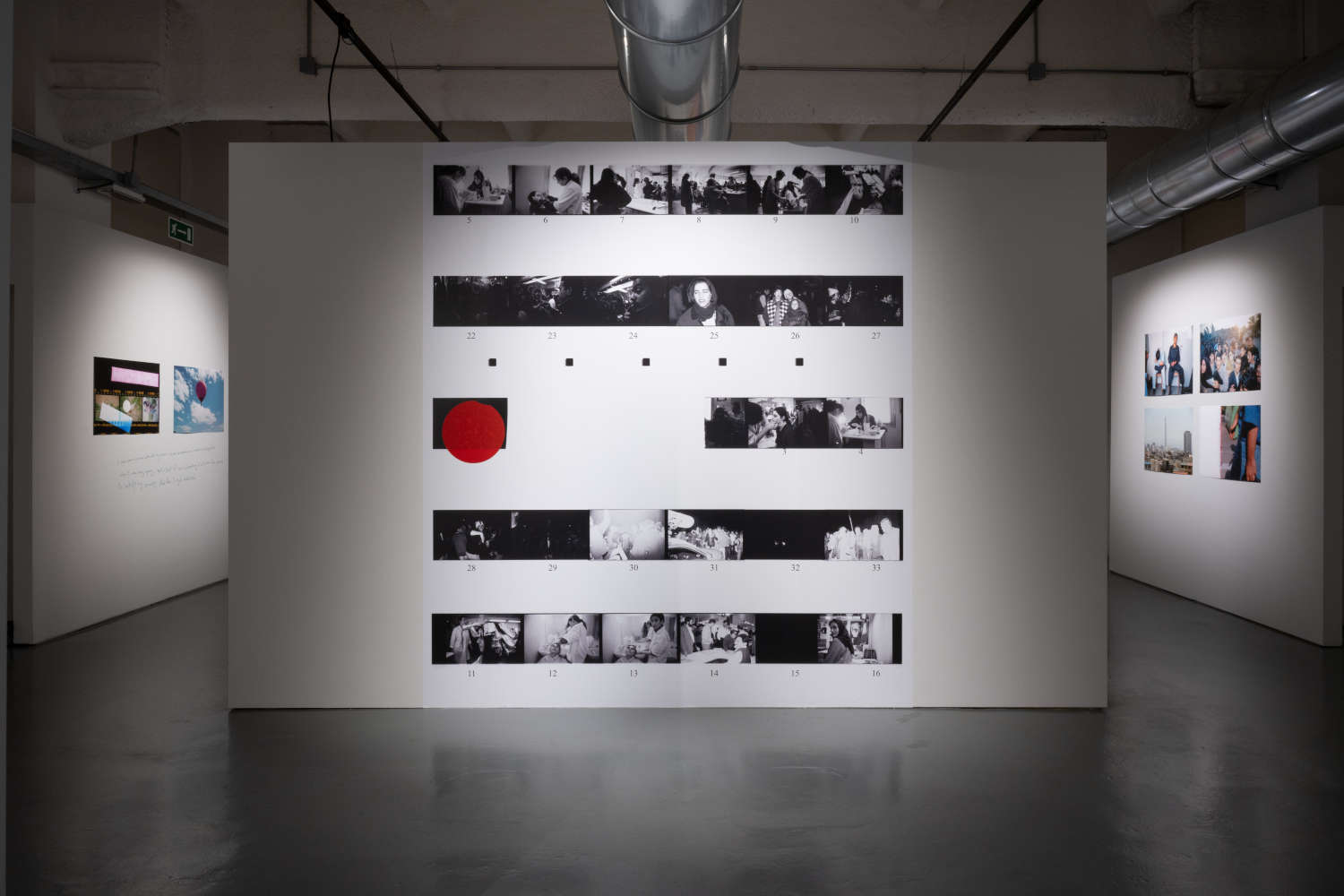
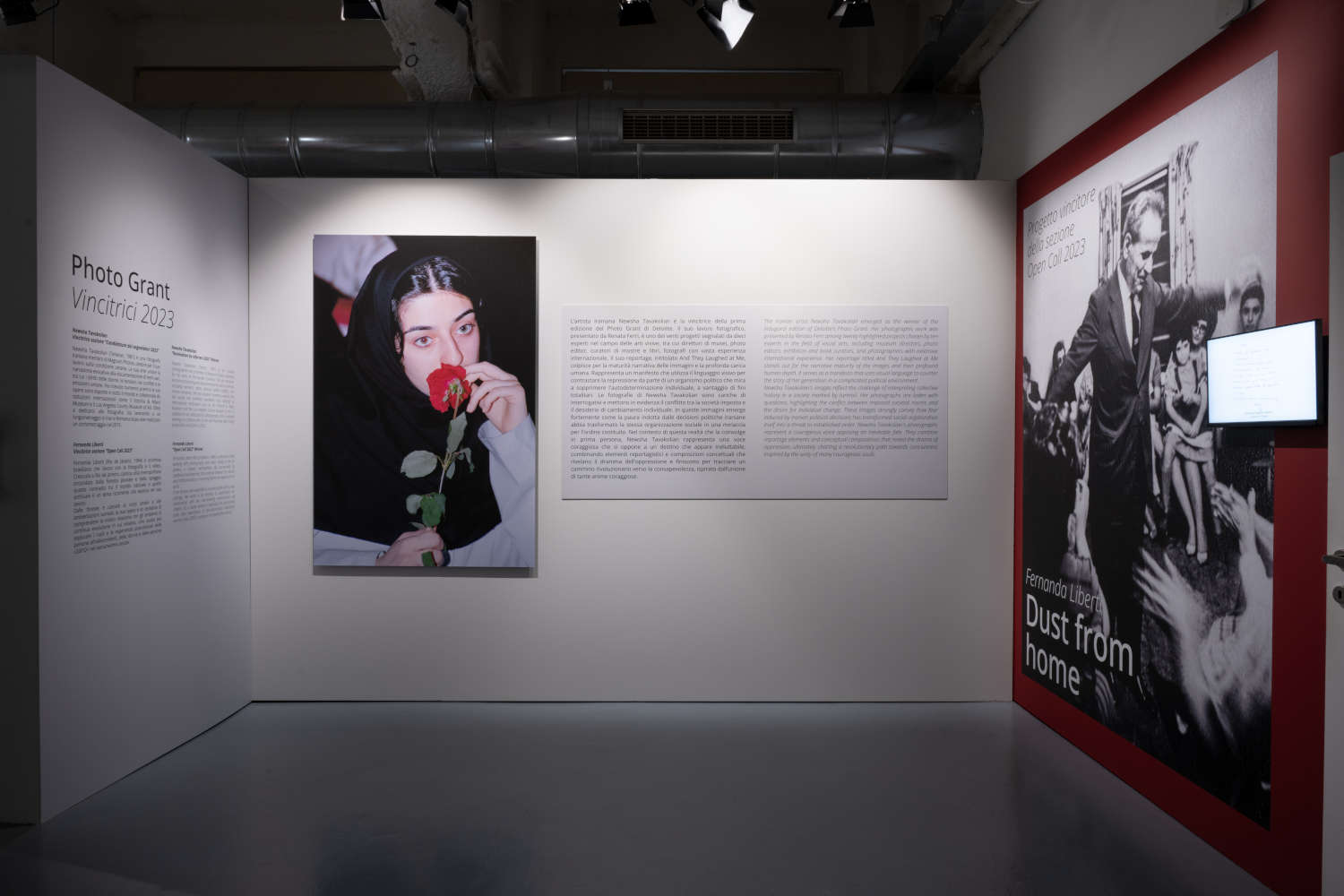
Curated by Denis Curti, the exhibition’s itinerary features more than seventy archival images, unpublished shots and stills and is enriched by handwritten descriptions by the artist to engage the viewer even more intimately and deeply. Exploring her own past, the artist reflects on her responsiveness to events and her personal evolution from youthful hope to disappointment and adult awareness, painting a complete picture from a pre-social media era to the present day. The uniqueness and maturity of Tavakolian’s proposed narrative is revealed in her choice to offer fragmentary, imperfect and, above all, edited images, attributable to her personal intention to show, as she puts it, “the raw and unfinished reality from which we cannot escape. The changes we cannot deny and the inexorability of time passing.”
In line with that choice, And They Laughed at Me is in fact the title of a project that is also about mistakes, made by a photographer who, at the time, did not feel like one, a self-taught photographer who learned from her mistakes. This is the real starting point of the entire exhibition, as the artist succeeds, at first, in her intention to make us laugh at her, her technique and stylistic choices, and then hurl at us the raw truth of what she wanted to tell, through the alternation of elements typical of reportage and conceptual compositions that reveal the drama of oppression but, at the same time, project toward the concept of freedom. And so representations such as that of a woman intent on smelling a rose, an image that is repeated seven times throughout the exhibition, become a true manifesto of her visual poetics.
Among the multiple and delicate themes narrated by the artist, one most of all manages to stand out decisively, namely the reflection about one of the cruelest and most violent instruments of military repression of the Iranian regime, namely the use of shooting rubber bullets into the eyes of protesters, eventually blinding them: a practice followed by the police in order to prevent the dissemination of information. In the face of such an inhumane practice, Newsha Tavakolian’s camera lens replaces the battered and raped eyes of her compatriots, and the proposed images, just like bullets, explode before the viewer’s eyes.
“From the revisiting of these archival images, against the backdrop of once again terrible events,” the artist explains, “there emerges a clear rite of passage from the hopes and dreams of youth toward the disappointment of reality and the conclusion that there is only one real choice in life: to be attracted to darkness or to choose to fight the darkness and move toward the light.” The words of Newsha Tavakolin, who can be called our rawiya, or “she who tells a story” in Arabic, resonate as a warning and place us at a crossroads: To accept with disillusionment the deconstruction of women’s identity within Iranian society or to observe the surrounding reality and challenge the oppressor, leading a revolution that makes its way toward freedom and self-determination. To be responsive but, at the same time, to reflect: this is the choice the artist has decided to pursue, and all of her work is the result of composing a large archive that is predisposed as a transcendental visual journey, bordering between reflection and action.
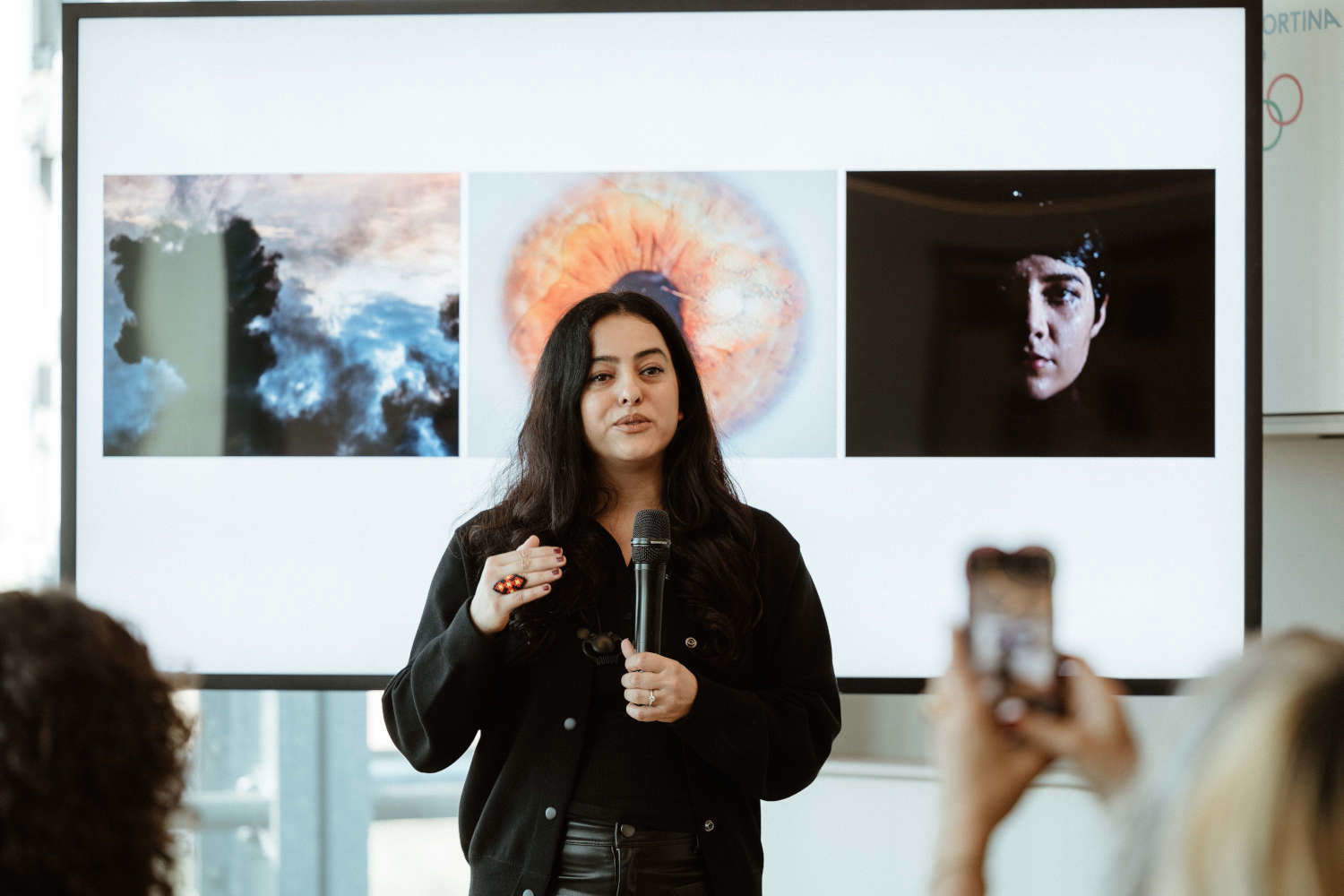
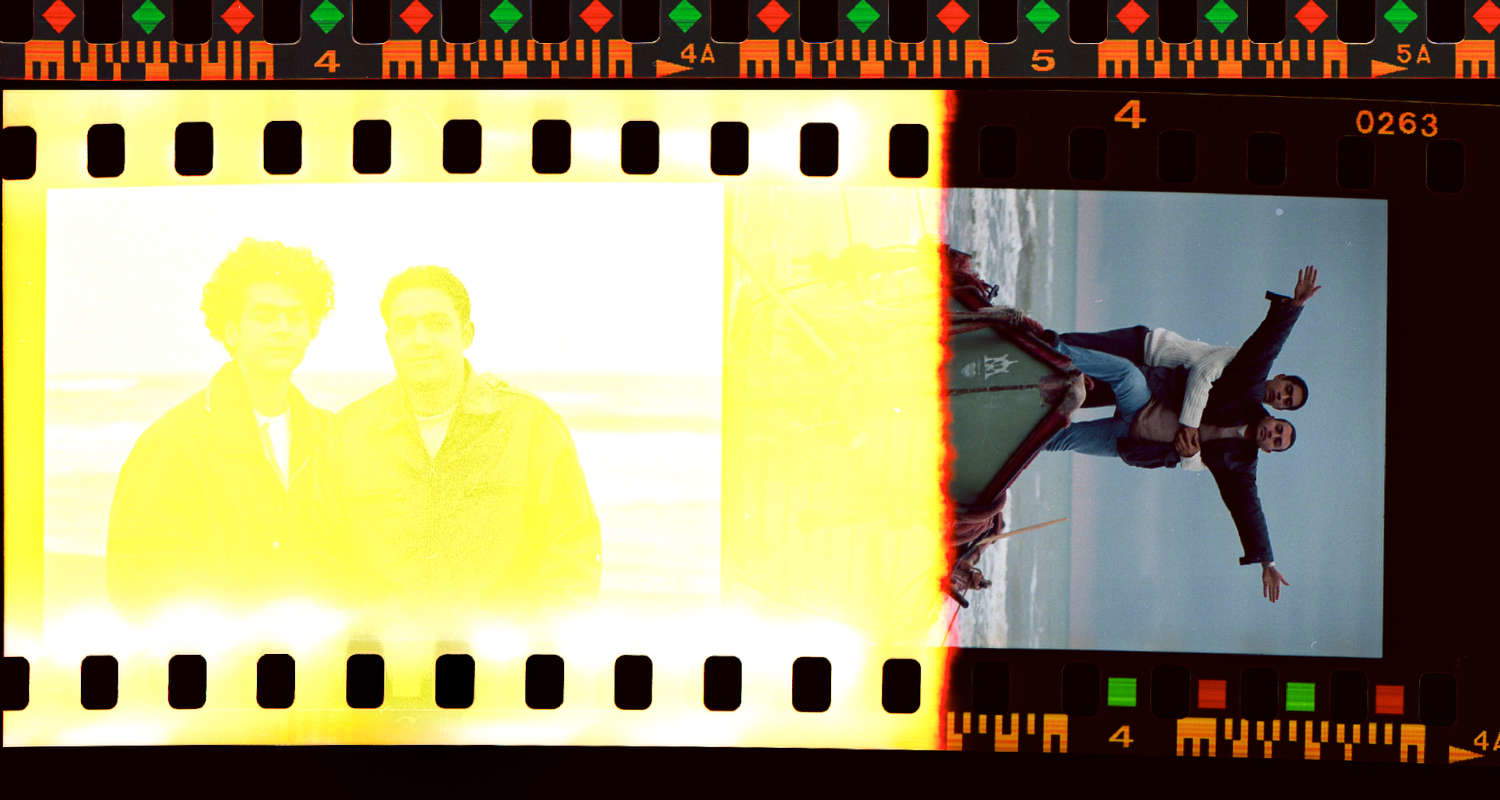
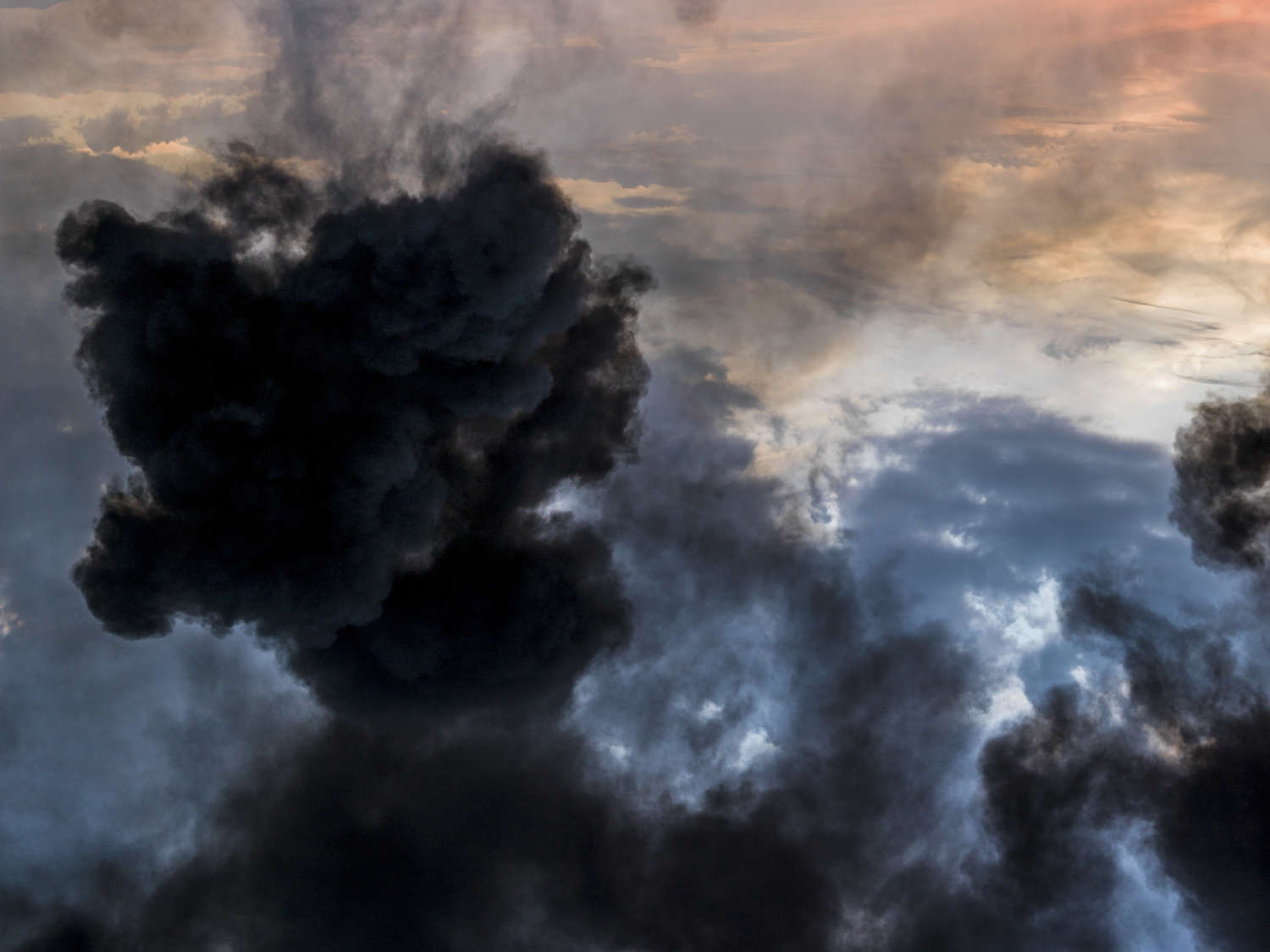
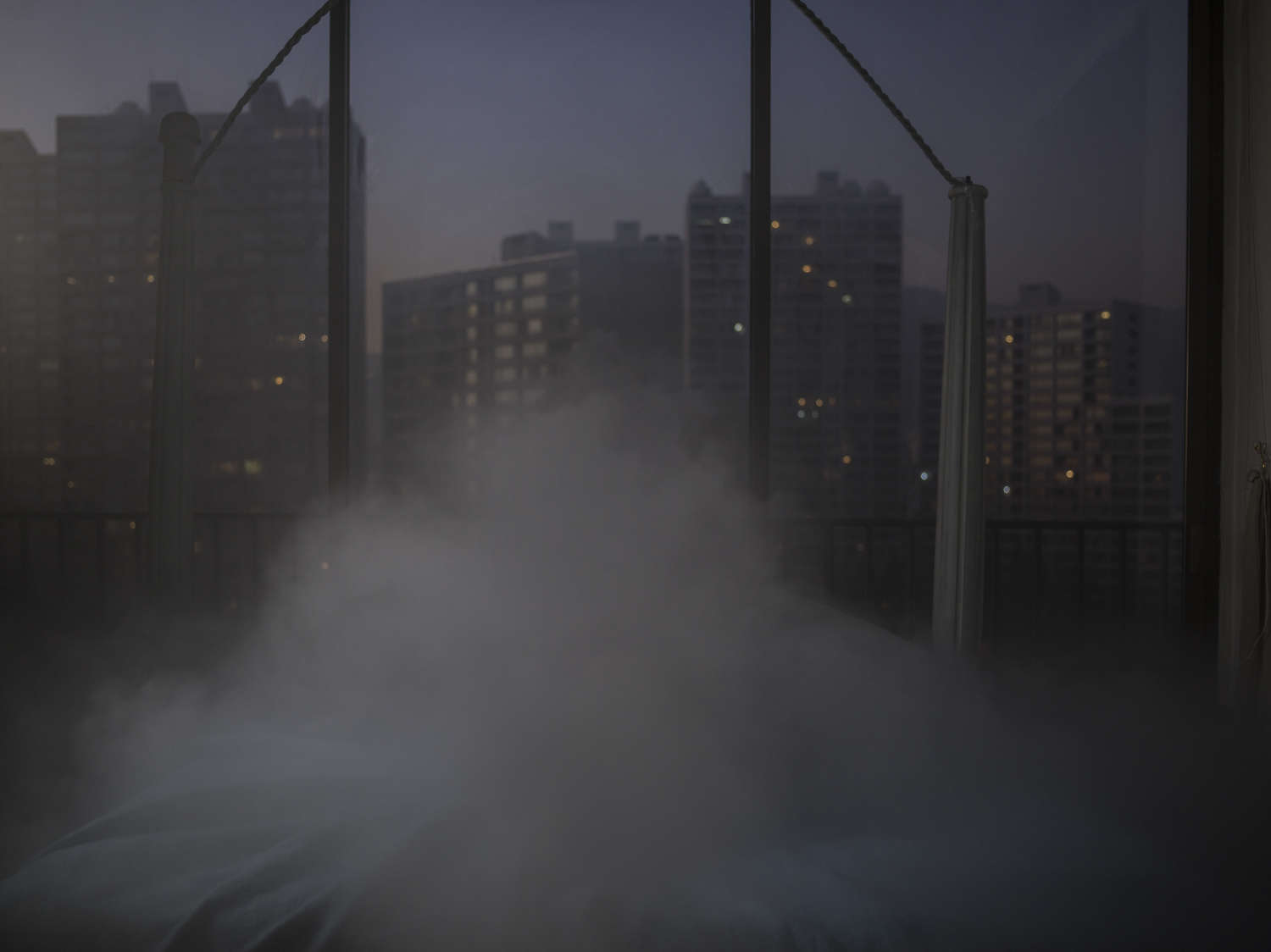
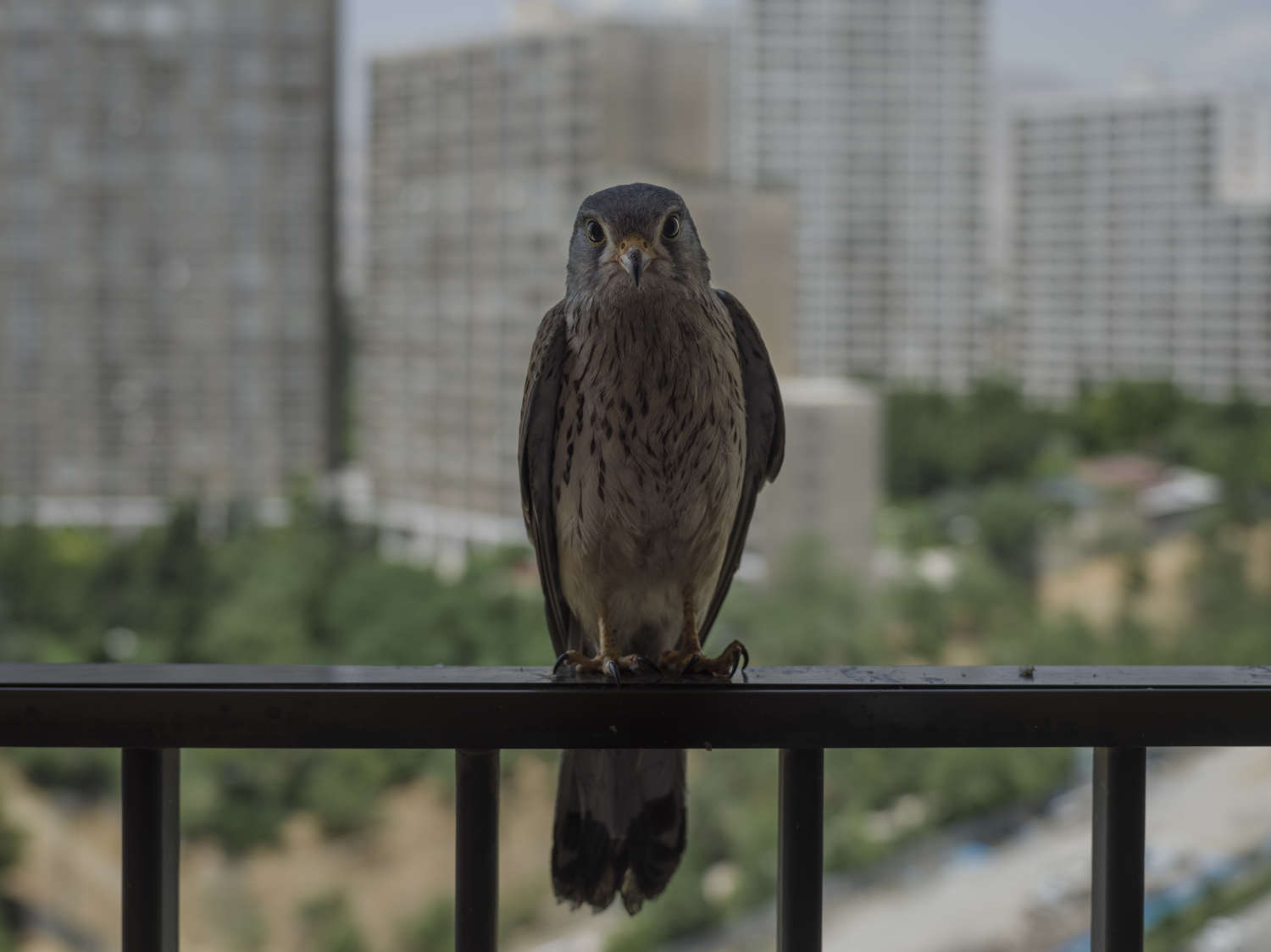

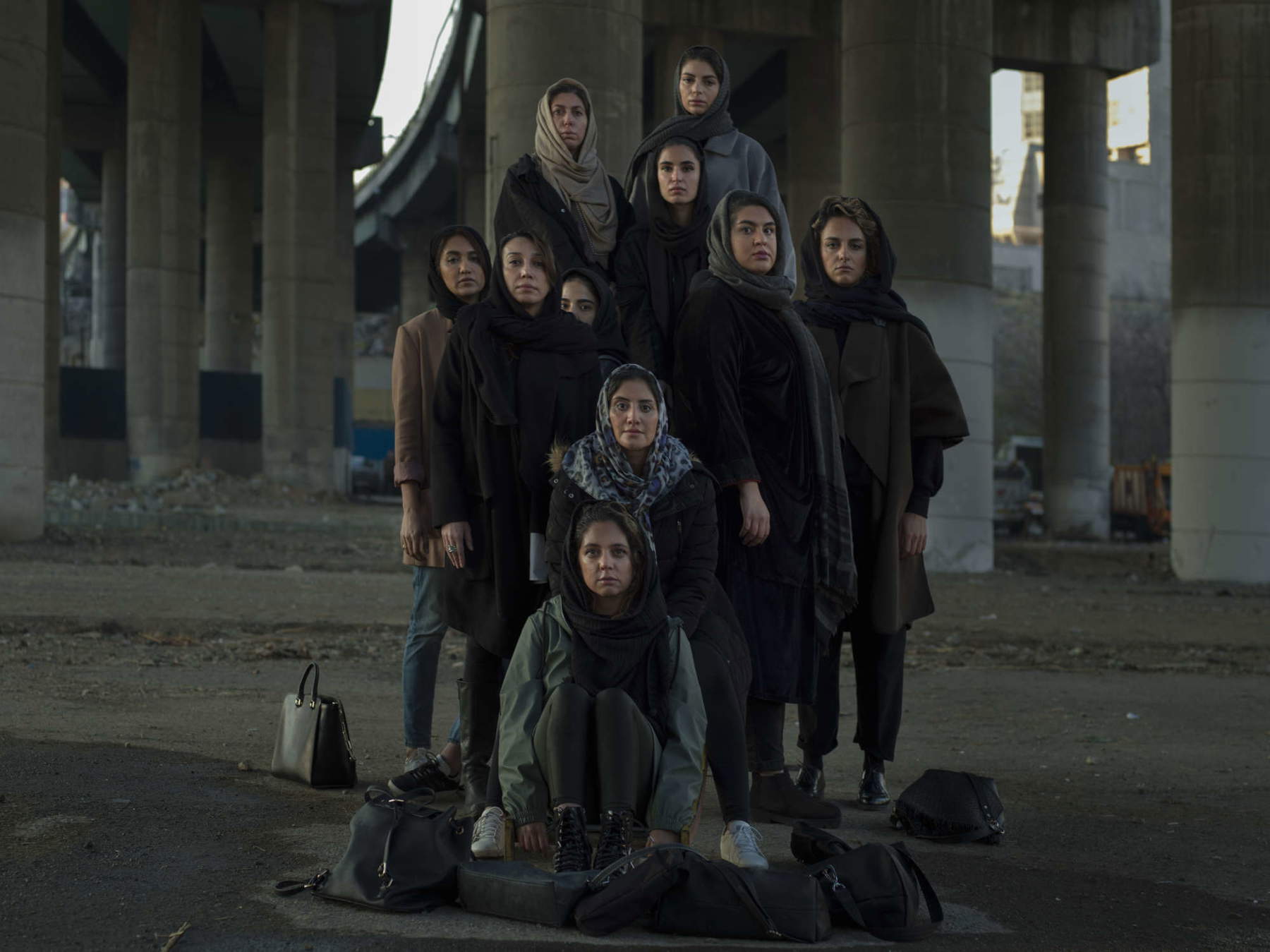
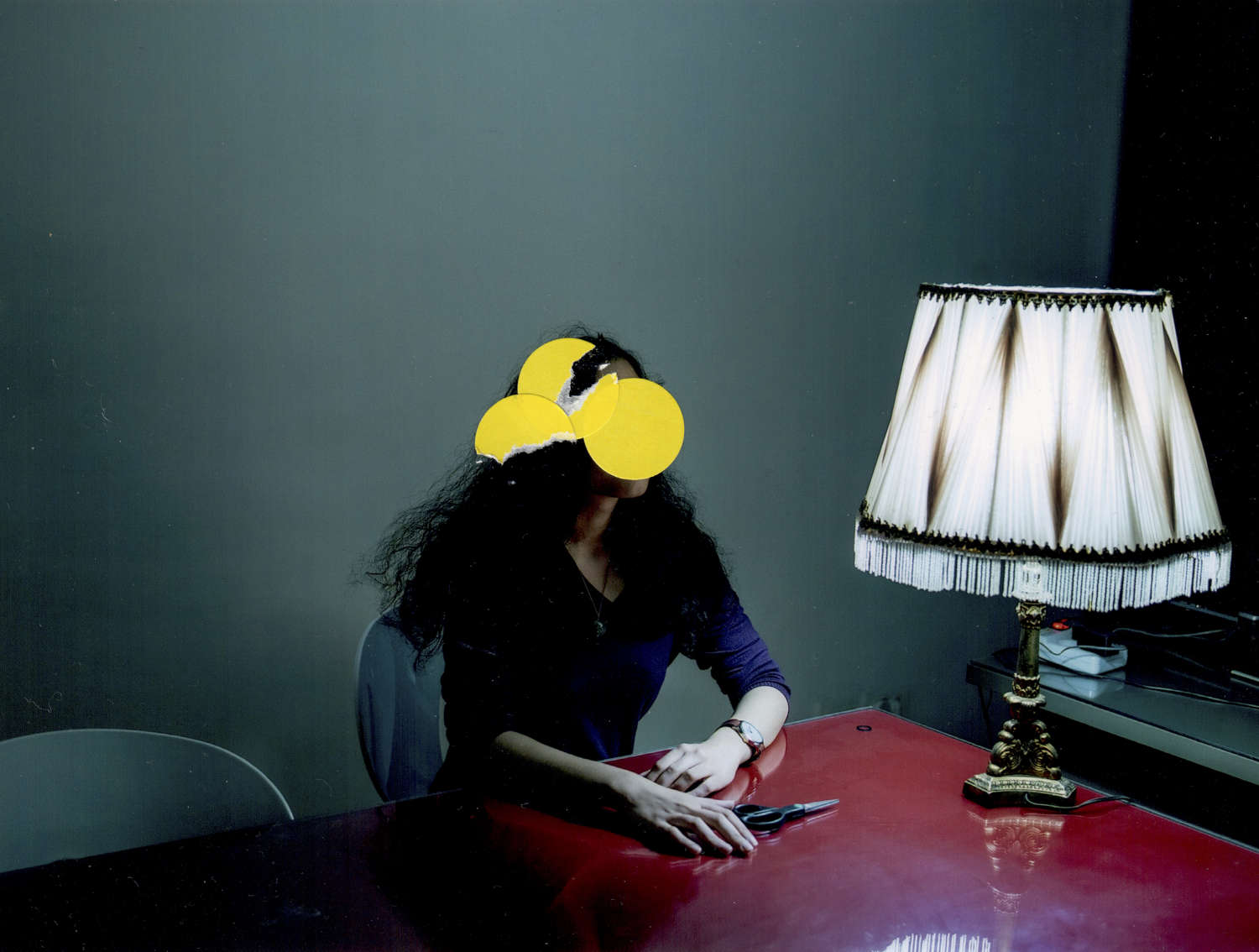
The striking photographic exhibition is convincing in that, by combining art with documentary and blurring the boundaries between reality and imagination, the subjects portrayed by the artist are the entry point for a new mode of communication, whose purpose is not merely to show the dramatic face of oppression, but to raise awareness of the current precarious social status of Iranian women, victims of increasingly intense and unjustified violence. An issue as sensitive as it is disruptive, rooted in the current condition of Iranian women and expanding to a broader critique of inequalities between the male and female sexes.
An exhibition path almost suspended in time, where the conquest of the past is unresolved and the future is uncertain. A large photographic exhibition that is almost like a labyrinth, within which a look at Iran’s military repression and exploration of resistance against repressive terror is offered, with a view to a new hope for women, a symbol of change and a witness to awakening in Iran.
Tavakolian succeeds admirably in deconstructing the traditional female figure to readjust it to a present steeped in change and incentivizing the use of art as an effective tool of self-representation and self-assertion to oppose the consequences caused by oppression and violence. A battle to claim the obviousness of existence and worth of all women.
Warning: the translation into English of the original Italian article was created using automatic tools. We undertake to review all articles, but we do not guarantee the total absence of inaccuracies in the translation due to the program. You can find the original by clicking on the ITA button. If you find any mistake,please contact us.




























